Ask AI on The Internet
Question: Assignment 04 questions Read the following case study carefully and answer all the questions that follow: (Note that this case study is a follow-up of Tshepo’s case study used in assignments 02 and 03 but adapted to fit the assessment criteria for assignment 04.) Tshepo, an intelligent five-year-old, was diagnosed with autism spectrum disorder (ASD) at the age of three. Tshepo attends an inclusive school. Tshepo made remarkable progress in his academic and personal development. For example, his teacher used Universal Design for Learning to support him and his peers in the classroom. Visual supports (pictures) were used in visual schedules to help him transition to the next activity. Tshepo cannot communicate verbally although his parents understand his gestures. Tshepo understands pictures in picture books and can follow one-step instructions but struggles to comprehend multi-step instructions. He finds it difficult to sustain focus on tasks or follow instructions for an extended period. His teacher uses pictures to help him follow instructions or stories and to respond to questions. He prefers to play alone and not with his classmates. To help Tshepo socialise more with his classmates, a buddy system was introduced in the classroom where children paired with each other each week. Tshepo’s gross motor skills are poor. He cannot stand on one foot or hop and skip. He likes to swing and can climb stairs independently. Tshepo requires assistance with basic self-care tasks, such as dressing, eating, and personal hygiene. His teacher also introduced visual schedules for washing your hands. Due to his inability to communicate verbally, Tshepo exhibits challenging behaviour such as temper tantrums when his needs are not addressed. He does not like loud noises and would run away when he feels unsafe. Tshepo received support from the psychologist to cope with loud noises or what to do when he feels frustrated. Pictorial support was added to all these support strategies. 1. Explain why you think it is important for early screening to teachers. [3] 2. Use at least three examples from the case study to support your statement. [3] ASSIGNMENT 04 IEA1501 7 3. Study the following example of a developmental checklist. Copy the checklist below and complete it for Tshepo based on the information from the case study. [20] Developmental checklist: 5-year-olds Child’s name Date of birth Parent or guardian Milestones Date observed Fill in the date when you observed the action. Yes / No Comments Tick Gross motor skills • Stands on one foot for 10 seconds or longer • Hops • Somersaults • Swings • Climbs • Skips Fine motor skills • Copies geometric patterns. • Draws a person with a body. • Prints some letters. • Dresses and undresses without assistance. Language skills • Recalls parts of a story. • Speaks in sentences with more than five words. • Uses the future tense. • Gives their name and address. ASSIGNMENT 04 IEA1501 8 • Tells longer stories. Cognitive skills • Can count 10 or more objects. • Correctly names at least four colours. • Works in small groups for 5-10 minutes. • Demonstrates an improved understanding of the concept of time. • Knows about things used in daily living (e.g. food, money). Self-help skills • Uses cutlery correctly. • Can chew with their mouth closed. • Goes to the bathroom independently, when reminded. • Dresses independently, using buttons and zips. 4. In their guidelines for early screening by Grade R teachers, Clasquin-Johnson and Phala (2021) mention that early screening helps teachers to identify potential developmental concerns, red flags or risk factors. 4.1 Explain in your own words what it means if a child has potential developmental concerns, red flags or risk factors. (2) Use the case study and provide examples of Tshepo’s red flags with regards to: 4.2 Language development (2) 4.3 Gross motor development (2) 4.3 Fine motor development (2) 4.4 Social development (2) [10] 5. Early assessment leads to improved outcomes. 5.1 Who are the stakeholders who play important roles in the assessment of Tshepo’s barriers to learning? (5) ASSIGNMENT 04 IEA1501 9 5.2 Explain what these stakeholders’ roles as part of the assessment team are. (15) [20] 6. Name and explain the six (6) aspects that PIECCE (2019) proposed that should be considered when creating a Grade R inclusive learning environment. [12] 7.1 What is curriculum differentiation? (4) 7.2Curriculum differentiation acknowledges that learners learn best when their teachers effectively address variances in readiness level, interest and learning profile (Tomlinson 2010). Tomlinson (2004) mentions that it also entails differentiating the content, process, product and learning environment. Explain how each of these elements will be differentiated by including examples of how it will be done in Tshepo’s classroom. In your answer, also give examples from the case study where applicable to support your statements (4 x 5 marks) [25] 8. Read the following case study of a little girl in Tshepo’s class: Zinthle is 5 years old and just started Grade R. She is very talkative and energetic but finds it challenging to sit still and concentrate during classroom activities. It is only during a music activity that she cooperates and participates in the activity. She likes singing and dancing and remembers the words of a song very quickly. Which one of Gardeners’ intelligence applies to Zinthle (2)? Give a reason for your answer with examples from the case study (5). [7] [100]
Sure, I can help you answer the questions based on the provided case study. Let's break it down question by question: ### 1. Importance of Early Screening for Teachers **1.1 Explanation** Early screening is crucial for teachers as it helps in the early detection of developmental concerns, enabling timely interventions. Identifying these concerns early can help in the formulation of effective educational plans and support systems that cater to the unique needs of each child. **1.2 Supporting Examples** From the case study: 1. **Communication Issues:** Tshepo's inability to communicate verbally could have been identified early, allowing the teacher to implement appropriate communication strategies such as pictorial supports. 2. **Socialization Challenges:** Tshepo's preference for playing alone and challenges in socializing with classmates were identified. Early screening could have prompted the introduction of the buddy system earlier. 3. **Motor Skill Deficits:** Tshepo's gross motor skills, such as his inability to stand on one foot or hop, could be identified and addressed with specific motor skills development programs. ### 2. Developmental Checklist for Tshepo **Child’s Name:** Tshepo **Date of Birth:** (NOTE: Fill this with Tshepo’s actual date of birth if provided) **Parent or Guardian:** (NOTE: Fill this with the name of Tshepo’s parent or guardian if provided) | Milestones | Date Observed | Yes/No | Comments | |-------------------------------------|---------------|--------|----------| | **Gross Motor Skills** | | | | | Stands on one foot for 10 seconds | | No | | | Hops | | No | | | Somersaults | | No | | | Swings | | Yes | | | Climbs | | Yes | | | Skips | | No | | | **Fine Motor Skills** | | | | | Copies geometric patterns | | No | | | Draws a person with a body | | No | | | Prints some letters | | No | | | Dresses and undresses without help | | No | Needs assistance with self-care tasks | | **Language Skills** | | | | | Recalls parts of a story | | No | Responds to pictorial prompts | | Speaks in sentences >5 words | | No | Non-verbal communication | | Uses future tense | | No | Non-verbal communication | | Gives name and address | | No | Non-verbal communication | | Tells longer stories | | No | Non-verbal communication | | **Cognitive Skills** | | | | | Can count 10+ objects | | No | | | Names at least 4 colours | | No | | | Works in groups for 5-10 min | | No | | | Understands concept of time | | Yes | | | Knows about daily living things | | Yes | Recognizes visual cues | | **Self-help Skills** | | | | | Uses cutlery correctly | | No | Needs assistance | | Chews with mouth closed | | No | Needs assistance | | Goes to bathroom independently | | No | Needs reminders | | Dresses independently, uses buttons and zips | | No | Needs assistance | ### 3. Red Flags and Potential Developmental Concerns **4.1 Explanation** When a child has potential developmental concerns, red flags, or risk factors, it means they show signs of not meeting typical milestones for their age range, which could indicate various developmental delays or disorders. Early identification of these red flags enables tailored interventions to support the child’s growth and development effectively. **Examples of Tshepo’s Red Flags:** **4.2 Language Development** - **Non-verbal Communication:** Tshepo does not communicate verbally, relying instead on gestures and pictures for communication. **4.3 Gross Motor Development** - **Difficulty with Physical Activities:** Tshepo cannot stand on one foot, hop, or skip, indicating challenges with balance and coordination. **4.4 Fine Motor Development** - **Assistance Required:** Tshepo needs help with self-care tasks such as dressing, which suggests delays in fine motor skills development. **4.5 Social Development** - **Preference for Solitude:** Tshepo prefers to play alone, indicating social interaction challenges, which can affect peer relationships and social learning. ### 4. Stakeholders and Their Roles in Assessment **5.1 Stakeholders:** 1. Teachers 2. Parents/Guardians 3. Psychologists 4. Special Education Professionals 5. Healthcare Providers (e.g., Pediatricians) **5.2 Roles:** 1. **Teachers:** - Observing and documenting Tshepo's behavior and progress. - Implementing inclusive teaching strategies and making necessary classroom accommodations. - Communicating observations with other stakeholders. 2. **Parents/Guardians:** - Providing insights into Tshepo’s behavior and development at home. - Reinforcing strategies and interventions suggested by professionals. 3. **Psychologists:** - Conducting detailed assessments for diagnosis and understanding of Tshepo's needs. - Developing strategies to manage challenging behaviors and sensory sensitivities. 4. **Special Education Professionals:** - Creating individualized education plans (IEPs) tailored to Tshepo’s developmental needs. - Providing specialized instruction and supports within the classroom setting. 5. **Healthcare Providers:** - Offering medical diagnosis, if any, and suggesting appropriate therapies. - Monitoring Tshepo’s overall health and providing guidance on managing any medical aspects of his developmental condition. ### 5. Creating an Inclusive Learning Environment **6. PIECCE's Aspects for Grade R Inclusive Learning Environment:** (Note: These are general aspects proposed by PIECCE and may need to be adapted based on Grade R curriculum guidelines) 1. **Physical Environment:** Safe, accessible space for all learners. 2. **Learning Resources:** Materials that cater to diverse needs and learning styles. 3. **Teacher Training and Support:** Professional development for teachers on inclusive practices. 4. **Individualized Instruction:** Adapting teaching methods to meet individual learning needs. 5. **Family and Community Involvement:** Engaging families and the broader community in the educational process. 6. **Monitoring and Assessment:** Regular tracking of progress to inform instruction and intervention strategies. ### 6. Curriculum Differentiation **7.1 What is Curriculum Differentiation?** - Curriculum differentiation involves modifying the content, process, product, and learning environment to address the diverse needs, interests, and abilities of all learners. **7.2 Differentiating in Tshepo’s Classroom:** - **Content:** Simplify instructions using pictures and single-step tasks. - Example: Use visual aids to break down lessons into manageable steps. - **Process:** Adjust the way children engage with learning material. - Example: Use one-on-one or small group interactions and plenty of breaks to help Tshepo stay focused. - **Product:** Vary the output expected from learners. - Example: Allow Tshepo to respond using pictures or gestures instead of verbal responses. - **Learning Environment:** Adapt physical and social aspects of the classroom. - Example: Create quiet spaces for Tshepo to retreat when overwhelmed by noise or interaction. ### 7. Gardner's Intelligence for Zinthle **8.1 Zinthle's Intelligence:** - **Musical Intelligence** **8.2 Reasoning:** - **Explanation:** Zinthle cooperates and participates actively in music activities. She shows a strong ability to remember song lyrics and enjoys singing and dancing, indicating a natural affinity for music-related tasks. Given this information and my assessments, you should now have a more structured and detailed guide to answer your assignment questions effectively.
Think your answer is better than the AI's? Post it below.
Other Most Relevant Posts:
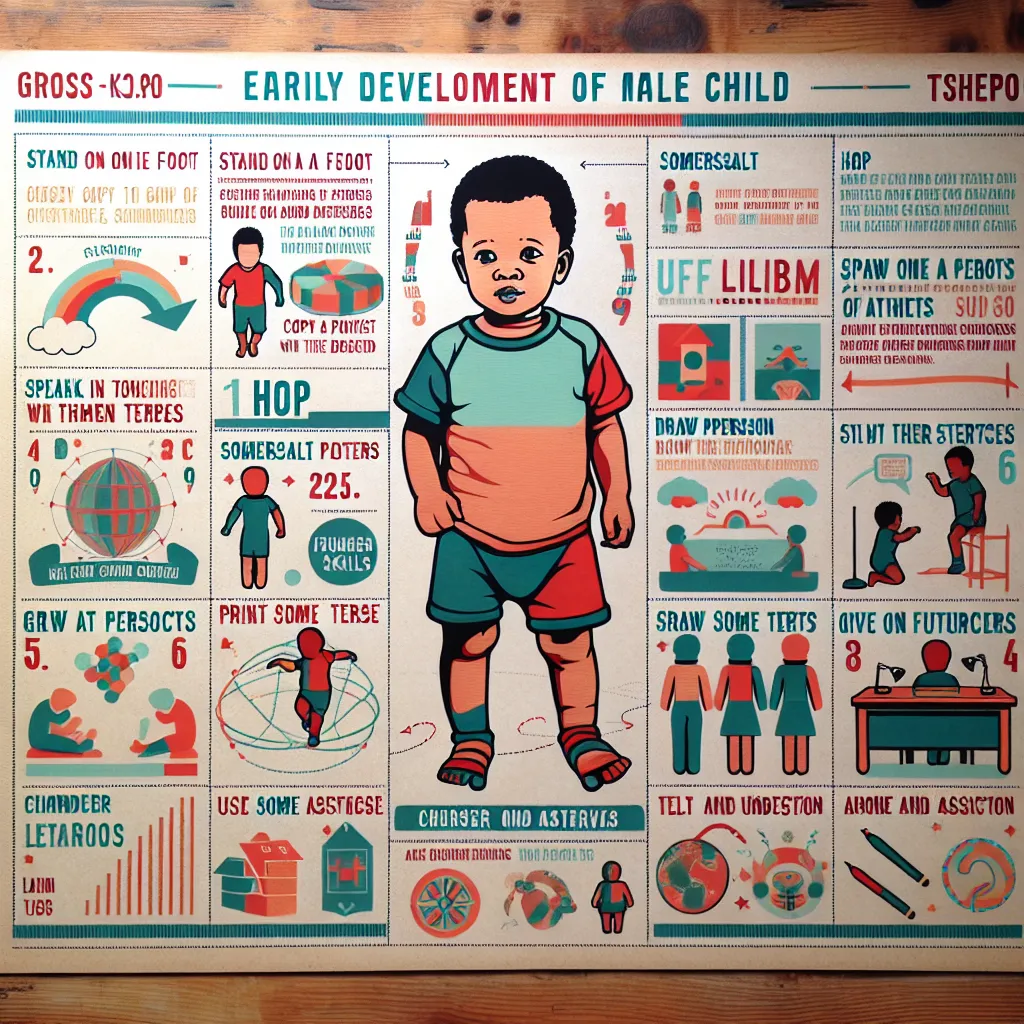 1. **Early Screening for Developing Teachers**
2. **Tshepo's Case Study: Communication, Social, and Motor Skills**
3. **Developmental Checklist for 5-Year-Olds**
1. **Early Screening for Developing Teachers**
2. **Tshepo's Case Study: Communication, Social, and Motor Skills**
3. **Developmental Checklist for 5-Year-Olds**
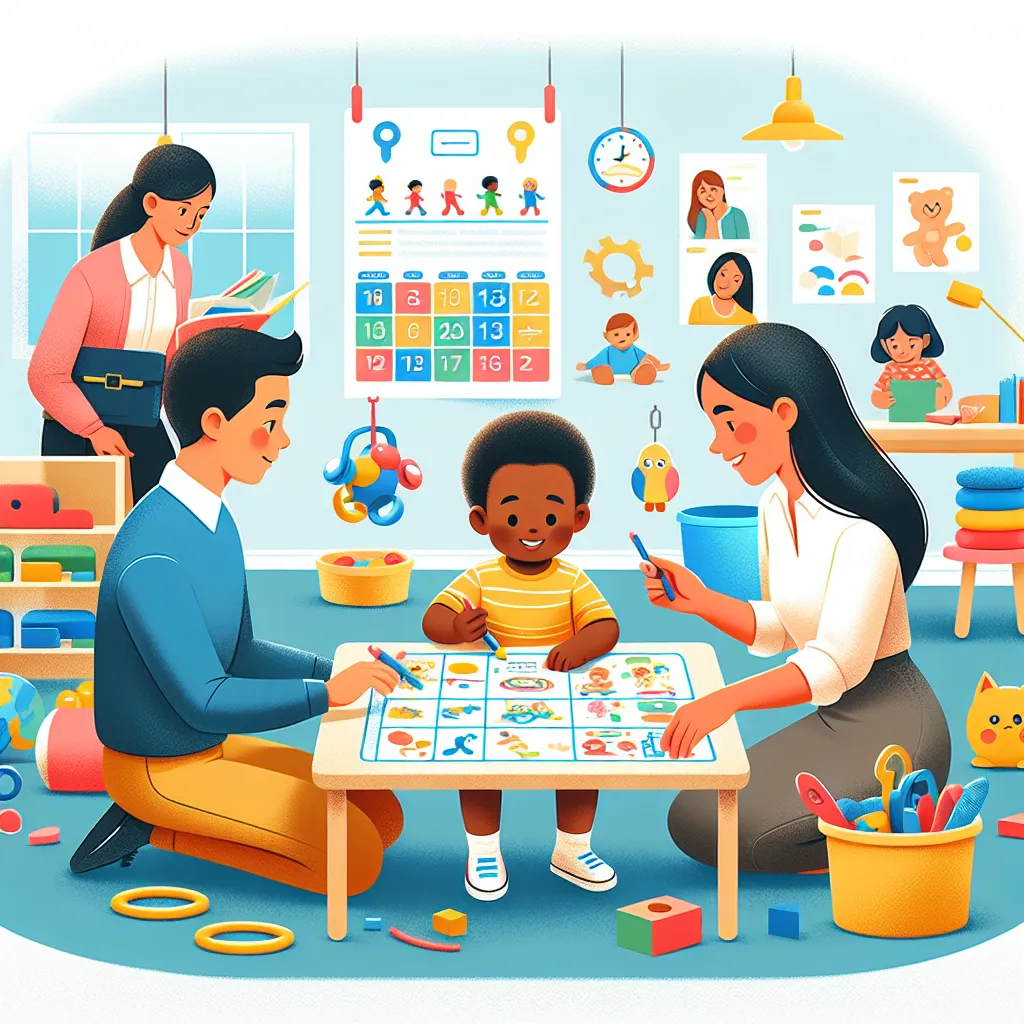 1. IEP and Tshepo's Goals
2. Universal Design for Learning (UDL)
3. UDL in Tshepo's Classroom
4. Teaching Strategies for Tshepo
5. Teaching Strategies for "Myself"
1. IEP and Tshepo's Goals
2. Universal Design for Learning (UDL)
3. UDL in Tshepo's Classroom
4. Teaching Strategies for Tshepo
5. Teaching Strategies for "Myself"
Question Tags
If you want your question answered by an AI, click here.
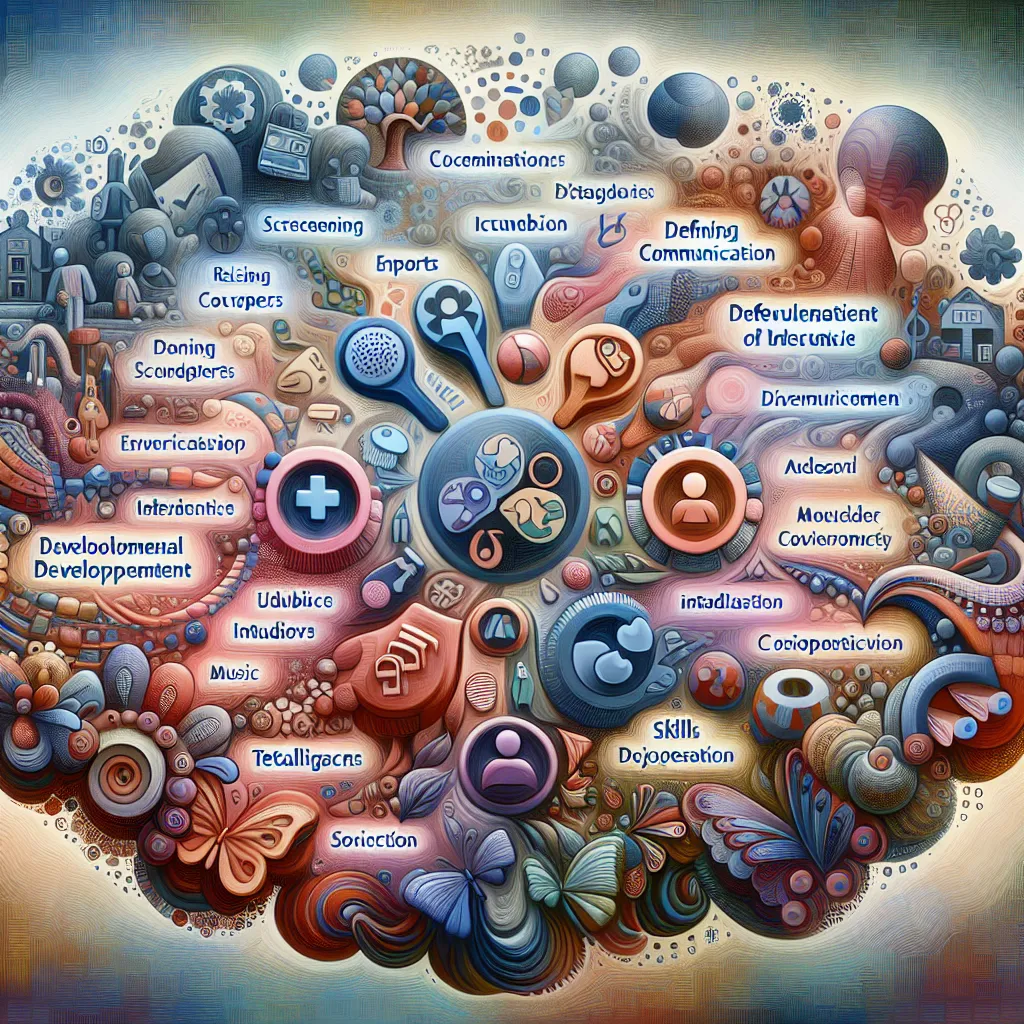
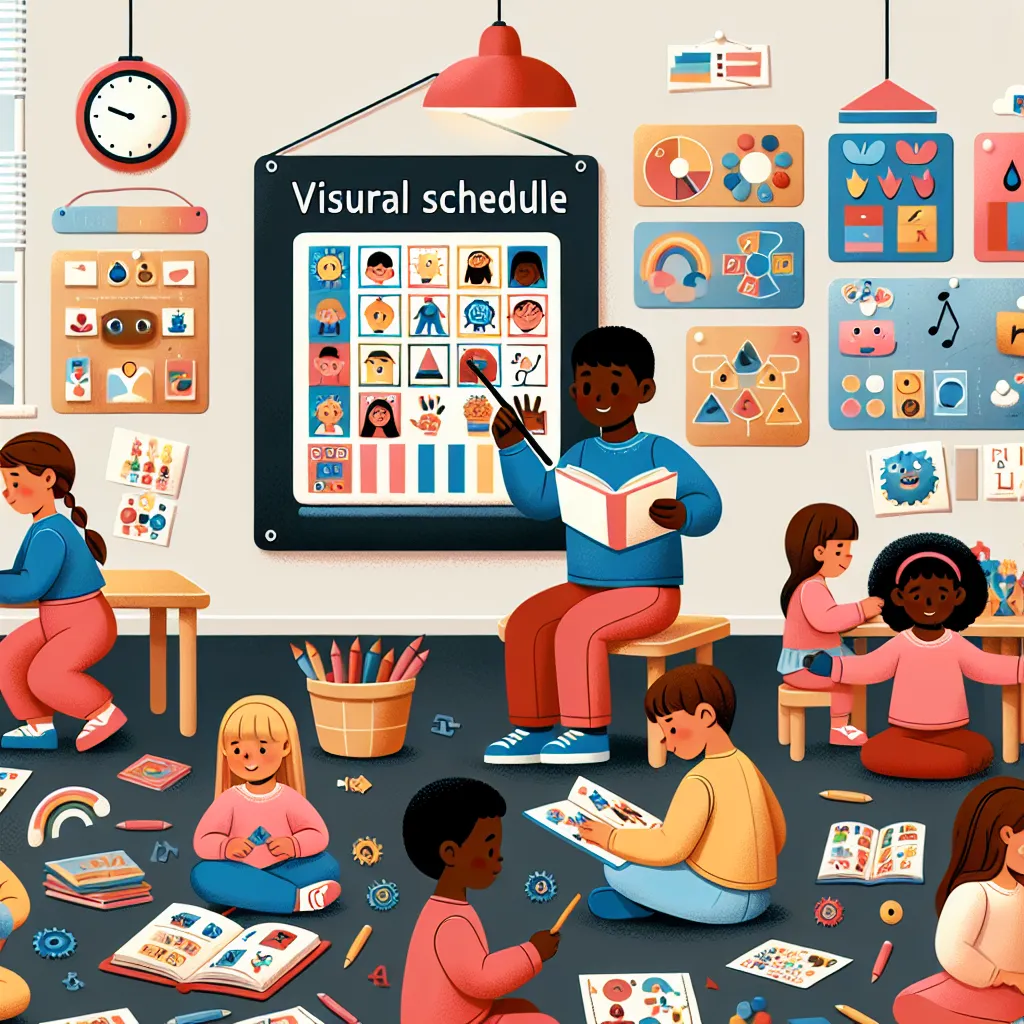
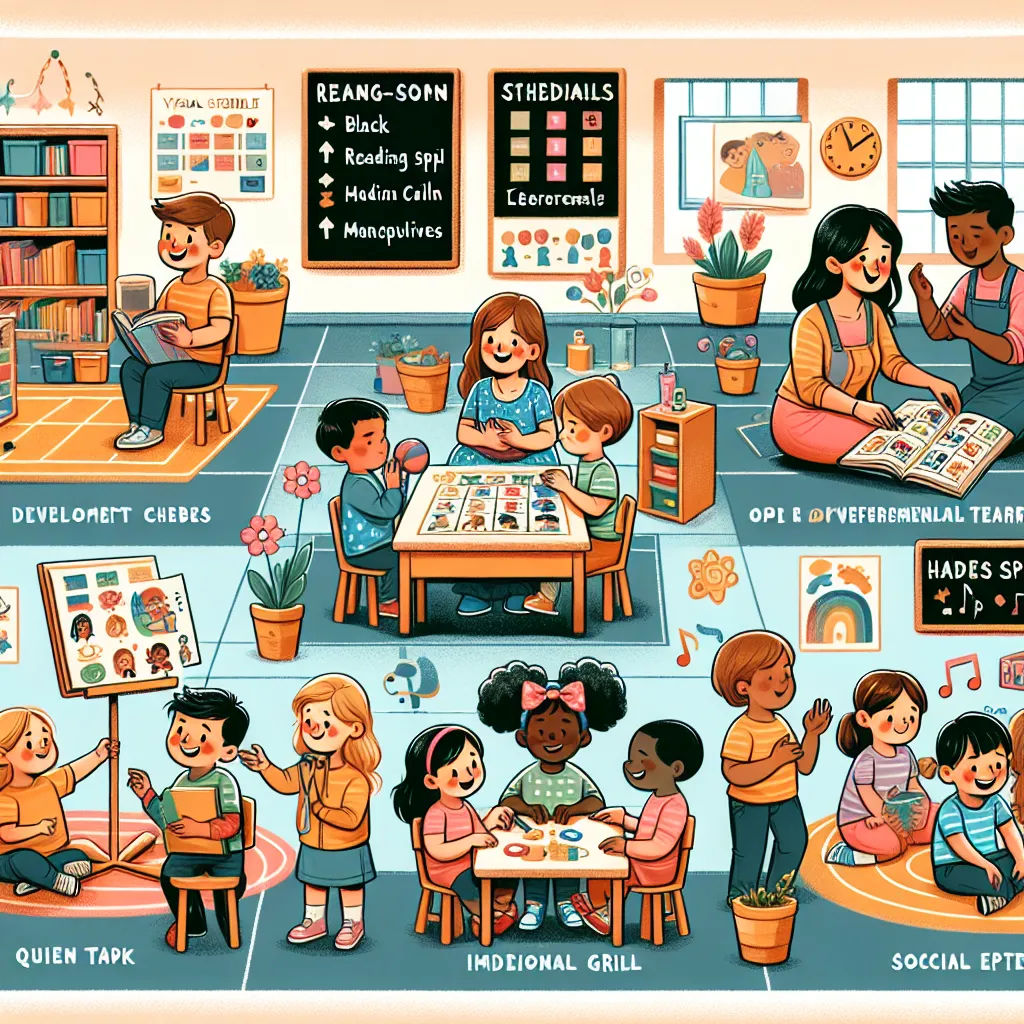


Post your own comment: